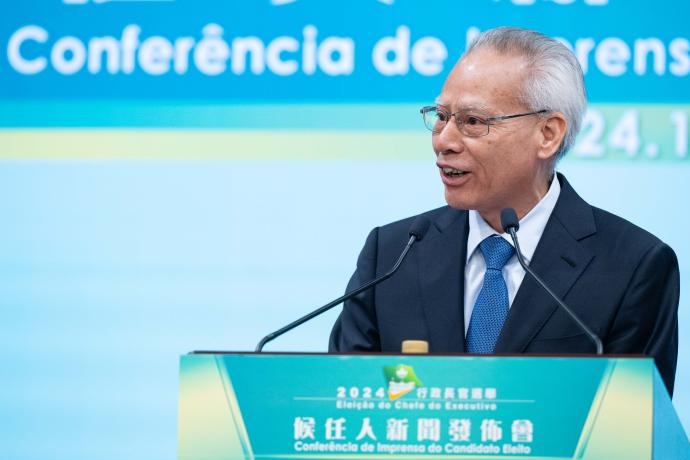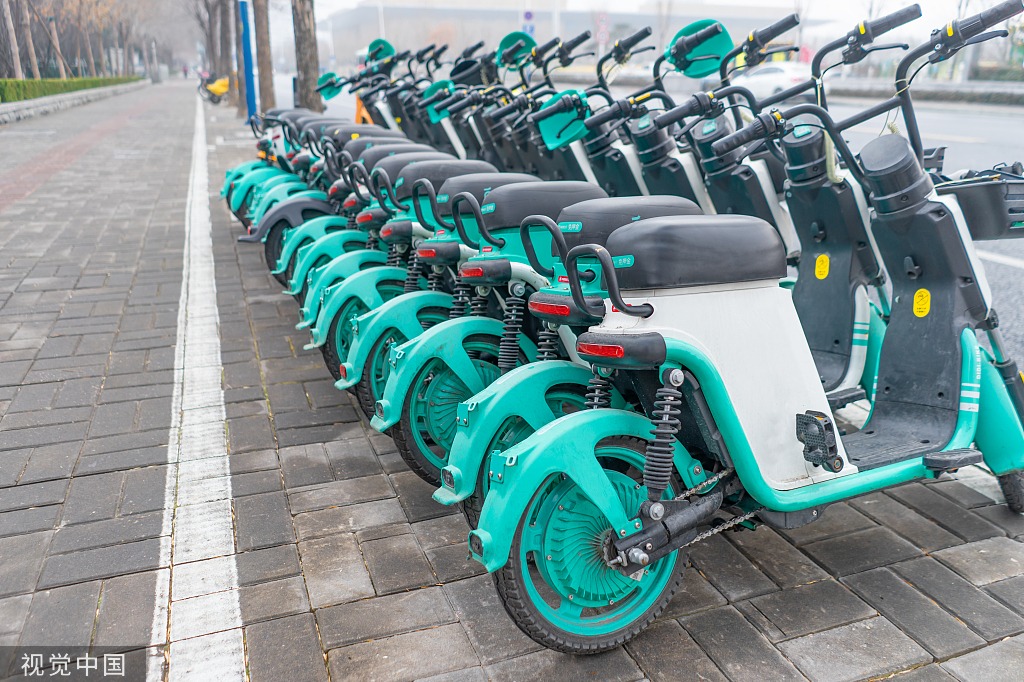Steps China must take to pre-empt meltdown
By Liu Yuanchun | China Daily | Updated: 2020-03-30 10:07

The COVID-19 pandemic has sent the world economy into a potential recession, and some experts believe the worst is yet to come. It is, therefore, sensible for China to adjust policy plans to weather the possible external blow in the second quarter of this year.
Recent plunges in worldwide stock markets have sparked heated discussions over whether another global financial crisis of the kind seen in 2008-09 is coming and if it would drag the world into an economic crisis.
The truth is, even if we do not consider any possible future market turmoil caused by the rampant coronavirus, the world economy, it can be argued, may have already entered a recessionary cycle.
That's because the virus has hit the Chinese economy, the biggest engine of global growth, while the stock market meltdown has dealt a blow to global investment and demand.
Leading economic indicators, especially the world Purchasing Managers' Index, have weakened and indicated drastic contraction in demand. Most econometric models showed that global growth has shifted to negative figures.
Most research reports in the United States foresee zero growth of the US economy in the first quarter of the year, and the second quarter may see a negative 5-percent growth. Germany, France, Italy, and Spain may also experience negative growth in the first quarter as the pandemic bites.
Yet, things could become even worse. It is highly probable that most governments will resort to nationwide, stringent containment measures to combat the highly contagious virus.
In the initial stage of the pandemic, many governments chose to conduct limited control out of political and economic considerations. But as the virus spread accelerates and sparks social panic, more and more will change to total control measures like lockdowns or curfews.
The tipping point may come when the infection rate reaches one in 10,000. By now, the United Kingdom has shifted from the herd immunity strategy into nationwide lockdown, while nearly one-third of the US population have been asked to stay at home.
The widespread use of such lockdowns worldwide is not only a severe blow to global tourism and airline industries, but could push major economies to a standstill and even shock.
This will be an extreme situation that the globalization era has not witnessed. A global pandemic like the COVID-19 contagion is rare in history, so would be its economic impacts. We must go beyond conventional logic to understand the current global economy.
The global standstill can lead to a shortterm slowdown as well as a deep mid-term recession. Global supply and demand will both get hurt as economic activity that requires human contacts freezes and as supply chains get injured and even broken.
Stock markets across the world may further drop as dim expectations deepen. As risk appetite contracts drastically, companies may face difficulty in maintaining liquidity and keeping cash flow running. Defaults can occur under the double whammy of souring profitability and cash flow, breaking the chain of debt repayments and causing fluctuations in both the bond and foreign exchange markets.
Moreover, it may be costly to help the global supply chain recover from the pandemic in a world where populism prevails and geopolitical conflicts intensify. Also, the out-of-sync work resumption in different economies will extend the time needed for recovery.
In short, the short-term economic standstill worldwide may have an adverse impact that surpasses a typical financial crisis, especially as the global economy is now highly specialized.
For this analysis, I have not taken a possible financial market collapse into consideration. If stock market turmoil and economic slowdown lead to a financial crisis, the worst for the global economy will likely be inescapable.
The global growth model driven by low-cost debt since the 2008-09 Global Financial Crisis will come to an end by then, with collapses of weak links in the model.
The first weak link is the high indebtedness of the non-financial corporate sector. According to the US-based Institute of International Finance, non-financial corporate debt has surpassed $200 trillion. For highly-leveraged companies, borrowing to repay existing debt has become a widespread practice as regular income cannot cover repayments. During the time of crisis, such borrowing will be hard to sustain.
The second weak link is emerging market (EM) economies with a heavy burden of foreign currency-denominated external debt. By the end of last year, the median of EM economies' ratio of outstanding external debt to exports had risen to 160 percent from 100 percent in 2008. Fluctuations in forex rates and financial markets could lead to substantive difficulty in debt repayments.
Other potential landmines are the rising leveraged loans and high-yield bonds in the US, which are financing instruments of low-credit-quality companies, as well as worldwide small and medium-sized enterprises that are more vulnerable to economic standstills and will find it harder to recover than larger companies.
The COVID-19 pandemic is an inescapable reality right now. But it is still highly uncertain whether it will end in high temperatures or on technology advances. This is in turn causing uncertainties of global policy response and the magnitude and trajectory of global recession.
In face of high uncertainties, it is sensible for Chinese policymakers to stick with the bottom-line mindset, adjust perceptions of the situation and reposition policy plans.
The current policy plan is based on assumptions of a relatively stable external economic environment or a mild contraction, which may not be enough to deal with possible super external shocks.
We must realize that the world economy has been trapped in what now appears to be an inevitable recession, so China must gradually change the policy focus from work resumption to preventing or at least cushioning external blows.
We must realize the potential economic standstill may induce losses more severe than a typical economic crisis and force China to overcome a major challenge in stabilizing foreign trade and investment.
We must realize that a possible global financial crisis may be devastating and cannot be analyzed by conventional frameworks.
In light of these perceptions, China needs to take actions in advance to weather the potential super-blow dealt by the pandemic and the global economic and financial fallout, which may manifest from the April-June period.
First, China can further expand domestic demand to counter external challenges by repositioning fiscal and monetary policies. Positive fiscal policy should not be confined to the deficit-to-GDP ratio of 3 percent or 3.5 percent, while monetary policy must cushion economic and liquidity contraction.
Second, the authorities should keep a close eye on the condition of export-oriented industries amid the global supply chain disruption, helping them to avoid suffering from serious external blows.
Third, as populism and protectionism may flare up due to economic standstills, it should be key mid-term policy focus for China to avoid the substitution of its industry chain and to prevent economic and technology decoupling with developed economies.
Liu Yuanchun is vice-president of the Renmin University of China and a member of the China Finance 40 Forum, a non-governmental think tank.
























